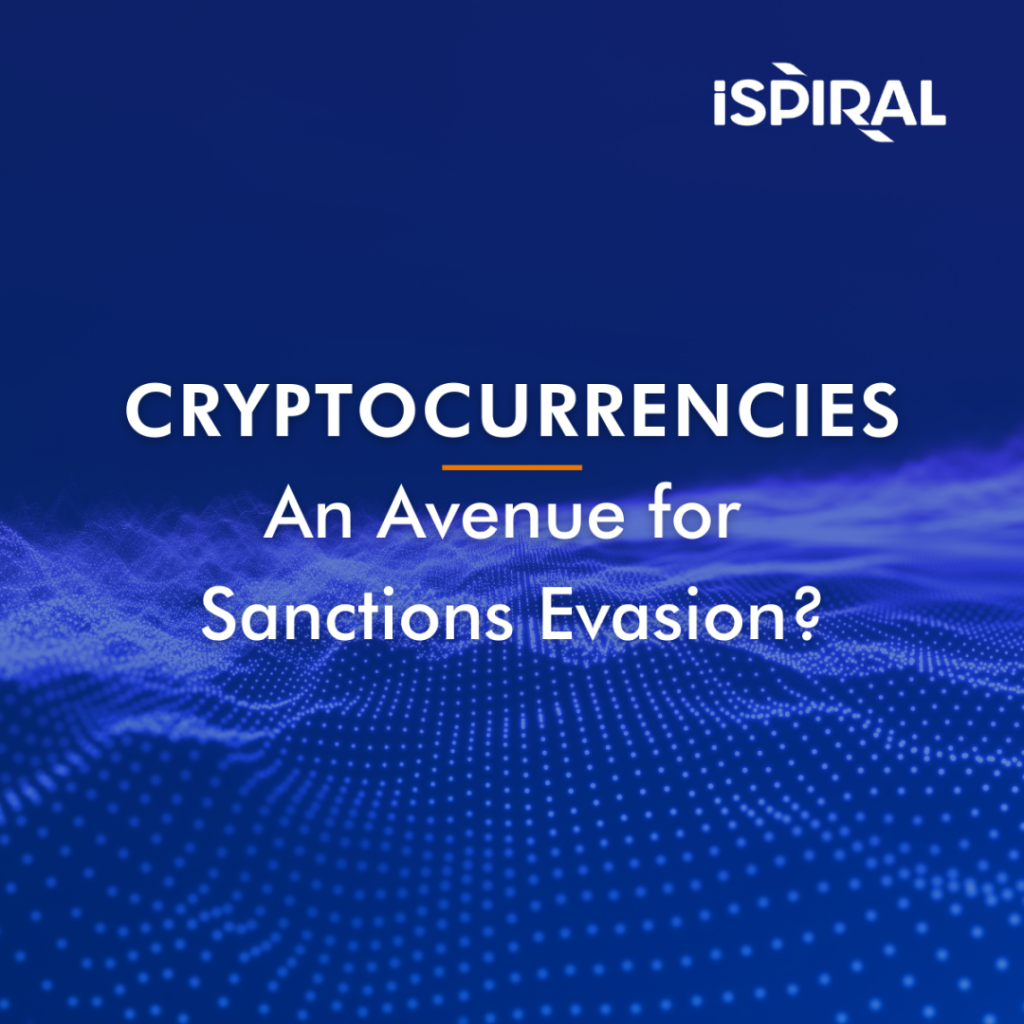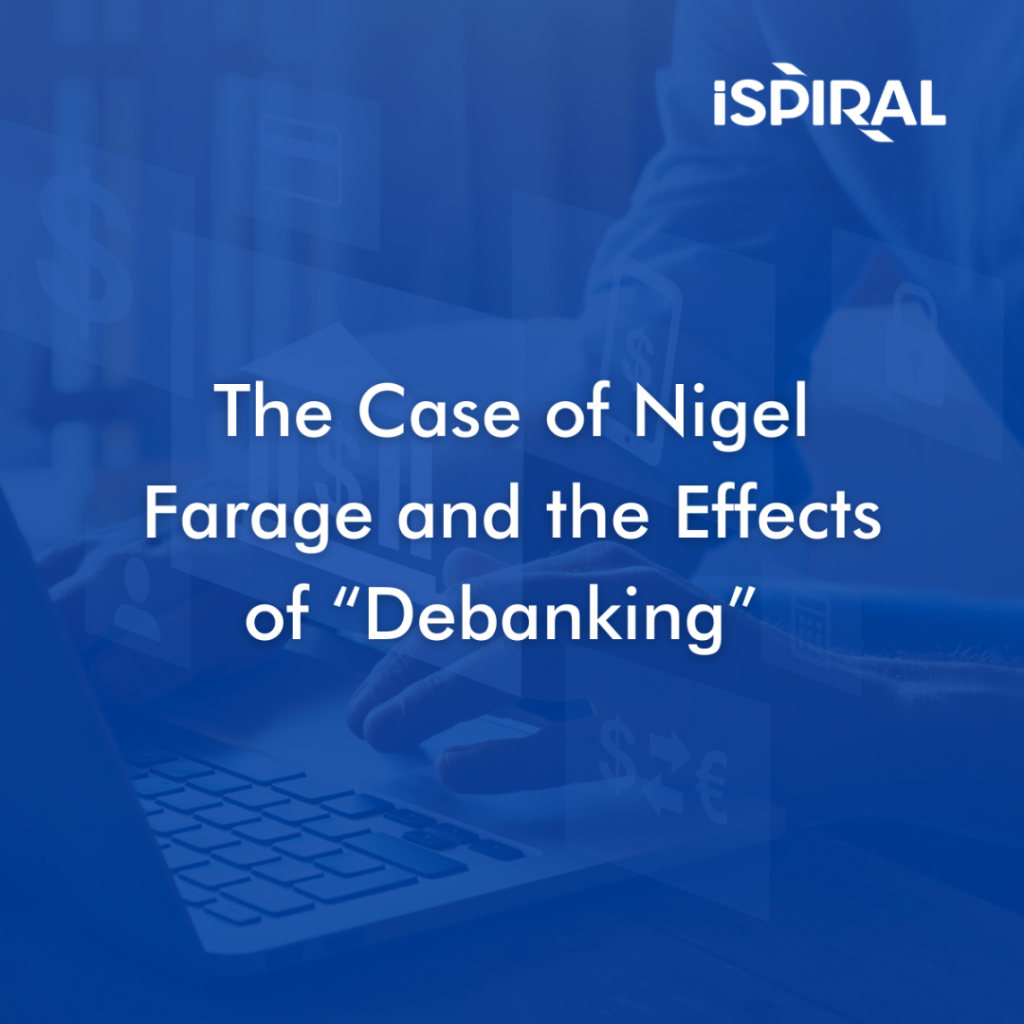Anti Money Laundering Software Solutions
Money Laundering Explained
Money laundering is the global generic term used to describe the process by which criminals disguise the original ownership and control of the proceeds of criminal conduct by making such proceeds appear to have derived from a legitimate source. In short, this translates to turning “Bad” money into “Legitimate” money.
This action was first recorded in the 1920’s, where Italian mafia was at its prime. The term “money laundering” originated then as – allegedly – mafia lords would purchase Laundromats to commingle their illegal profits from unlawful acts with legitimate business sales from the Laundromats to obscure their illegal profit.
The safest place for a criminal to save money is through a legitimate financial system. Financial motive is the common denominator amongst criminals. Organised crime groups grow their assets and then, using different money laundering techniques they inject them into the legal financial system. Ultimately, criminals manage to hide their wealth, avoid prosecution, evade taxes, increase profits and become legitimate. To clarify, money laundering is considered a predicate crime as it is merely a component of an array of crimes.
Terrorism Financing
Money laundering is the doorway for distributing founds to terrorist organisations as well. All the network routes currently used in the money laundering world are used for terrorism financing but in a reverse way. Meaning, instead of splitting the “bad” funds and create a labyrinth of transactions, to finally end up legitimately to a criminal’s name, the “legitimate” funds are split and use the same labyrinth methods to found their way to any terrorist organisation.
Global Economy Impact
The latest data from Europol indicates the scale of money laundering, even though it is difficult to assess, is considered to be substantial. As per The United Nations Office on Drugs and Crime (UNODC), a 2 and 5% of global GDP is laundered each year. This is equivalent to 715 billion and 1.87 trillion Euros.
According to the Economist, corruption occurs more in private systems than in public systems. Private financial institutions have extremely private policies that protect their clients, and their clients seem to prefer banks asking fewer questions. Consequently, this situation may generate more money laundering activities.
Laundering Process
There are three stages for the money laundering:
Placement: Cash exported out of the country. Deposit of cash directly into bank accounts and/or incorporate into various legitimate businesses. Or the cash is used to purchase properties, real estate assets, high-value items, or even casino chips.
Layering: The money is wire transferred out of the country using shell companies. A previously purchased high-value item or property is sold off, cash-out on the casino chips.
Integration: Made up loan schemes are used as camouflage. Complex web of wire transfers makes it difficult to trace the original source of the income. The profits from sold high-valued items, casino chips or property appear to be legitimate.
Methods Used
Criminals have various and creative methods to launder dirty money obtained by illegal activities.
Structuring (Smurfing)
Globally known for using people (runners or mules) to perform multiple financial transactions that avoid any currency reporting requirements. These people that would be assigned jobs like transporting illegal goods, deposit money in small amounts into bank accounts, or purchase items.
Artificial Invoices
Create and issue fictitious or untruthful invoices: Money is laundered by false export and import invoices, and custom declarations.
Bulk Cash & Commodities Smuggling
Cash smuggling is exactly what it sounds like. It involves large sums of cash hidden on a person, in luggage, in cars or boats, or in cargo, to name a few options.
Casinos
This method is pretty straight forward. A “smurf” can buy in with dirty money (placement) and purchase casino chips, and cash out for either larger denominations or slightly fewer with what the buy in amount was for cash or a casino check. Ultimately, the money obtain from the casino are declared as earnings and therefore legitimate.
Property Investments
Obtaining a loan to purchase a holiday house, commercial building, or an establishment abroad and then laundering the money with the monthly payments required as per the loan agreement.
Digital Currencies
Digital Currencies currently are not regulated or insured by any entity, which paves the way for the money launders to take the most of it. Digital currencies can be purchased and traded as any other goods, currencies or commodities, and can be kept into electronic wallets until the owner decides to resell.
White-label ATMs
Acquiring a private ATM enables the launderer to use mingle the dirty money for the cash withdrawals, and because there are many bodies involved in the procedure, including sponsoring financial institutions, third-party processors, independent service operators, networks, and cash vault management services it is hard to trace the fraudulent money, which results to legitimate money being credited into the ATM owner’s account.
More methods of money laundering can be achieved through Insurances, Trade-Based Money Laundering (i.e. hawala), Credit cards or prepaid cards and many more. These methods are merely examples of what currently used, and it is far from the exhaustive list. New methods are created in rapid rhythms, which also mix and blend with existing methods along the way as the ultimate goal is to trick the authorities, regulators and all involved in the process of eliminating money laundering from the market.
International AML and KYC Framework
Al Capone couldn’t be arrested for money laundering simply because there were no laws prohibiting money laundering at the time. Instead, authorities manage to use tax evasion laws to put him under arrest.
Every organisation is now part of the law enforcement money-laundering bandwagon. To fight the good fight, a framework was created that consists of guidance, laws, rules, and regulations that can assist with the prevention of money laundering around the globe.
The best and most convenient way to view the international framework for fighting money laundering and terrorism financing, is as a scale of activity, initiating from the international, to the regional, to the national, to the institutional and finally to the organisational and individual level.
It is mandated that anti-money laundering (AML) programs/mechanisms are in place within organisations. They are required to be able to identify, distinguish and freeze or seize assets used for terrorist activities, and financial institutions are obliged to be cautious with regard to unusual transactions and to report to the authorities anything that might remotely relate to money laundering and/or might have links with terrorist activities.
AML Program Design and Application
Organisations should implement procedures and are advised to use technology that will enable them to distinguish potential money launderers and criminals from a regular client. Four areas that an AML program can consist of:
1. Internal policies and procedures
Construct how the organisation will implement its risk-based procedures. Establish just how it will be monitored, analysed, managed and complete any specific transactions that may involve suspicious activity and currency transaction reports. These policies and procedures should account for the International, EU, Regulators and any other directives, guidelines, laws in order to be in compliance with all the requirements of the organisation’s industry.
One of those guidelines is the application of the Know Your Customer (KYC) program. KYC is the due diligence done in order to verify and identify clients either before or during the time will start doing business with them. The purpose of this procedure is to ensure openness and transparency in customer profile and their transactions.
Keep records of the policies and procedures that have been adopted, or created. And make sure that these are frequently updated and shared internally across the every single department – directors included.
Develop a risk-based model that runs on a predetermined formula to class the risk level of a customer (high, medium, or low). There are software solutions available in the market for AML programs that are using a risk matrix. The benefits of an anti-money laundering software Solutions use is that everything will be centralised and updated by a number of users which saves time, therefore cost, and provides easy access to records and view a single version of the truth. Note: That regulations change. New guidelines are put in place. Or new products are offered by a company. The anti-money laundering software solutions used should be able to accommodate any change that might come along the way.
2. Designated compliance officer
Every organisation, especially financial institutions, should have a designated compliance officer. The assigned person will have a level of authority across the organisation and to act as the AML program custodian. Primarily is to report back to the relevant authorities when need be, but also to design the policies and procedures based on the organisation’s industry. These should be kept up to scratch and in line with the AML Framework and domestic regulators. And last but not least, to educate internally about the AML along with its effects.
3. Independent audit function
The main purpose of an independent audit is to make sure that an AML program that was self-placed by an organisation is operating as it has been designed to. Usually this is tasked with an external accounting firm that independently review, audit and provide a written risk assessment. Next, the entire AML compliance program should be subject to an independent review every 12 to 18 months depending upon the institution’s risk profile.
4.Training
Having the first three in place is vital, however training and educating the employees is paramount. All levels of employees need to be aware of the policies they specifically need to follow and how it affects their particular job. Keep records and use documentation to communicate internally. Perform frequent training sessions and updates, as well as new employees get informed from their on-boarding process around the matter.
Risk Based Model
The AML program should reflect a risk-based model. Organisations such as the Financial Action Task Force (FATF) suggest that an AML program should operate using a risk-based approach. This model has been for some years now a way of identifying and labelling a particular subject, product, or transaction.
For example, a company can create a checklist that can be used to categorize customers, transactions, and products, and performing adequate due diligence and then, subsequently, each item would be provided a risk grade.
The table below shows an example of a risk matrix for a business customer.
Where is the company conducting business?
What type of product is being utilized?
It is a sole owner or an LLC?
What does the company produce?
The Wolfsberg Group – an association of 11 global banks that creates proposed industry standards for the financial sector including for KYC, AML, and counter terrorist financing policies – suggest certain measures and controls that can be included in a risk plan.
- Increased awareness of higher-risk situations within business lines across the institution
- Increased levels of KYC or enhanced due diligence
- Escalation for approval of the establishment of an account or relationship
- Increased monitoring of transactions
- Increased levels of on-going controls and reviews of relationships
Note: This is merely an example of how to use as industry standards to incorporate into an AML mechanism. There are a lot more of other guidelines, rules, and regulations that various regulating bodies have established.
Applying controls places a customer in a constant review, assuring that the organisation is doing the necessary due diligence to avoid any money laundering actions, and therefore makes the AML program competent and trustworthy. Don’t forget that if there is no adequate AML program in place can result in regulator fines. And regulator fines are getting larger and larger. Lastly if the particular company is being used as a money laundering hub by a criminal, apart from the regulator fine, media exposure will follow and that can have reputation impact.



